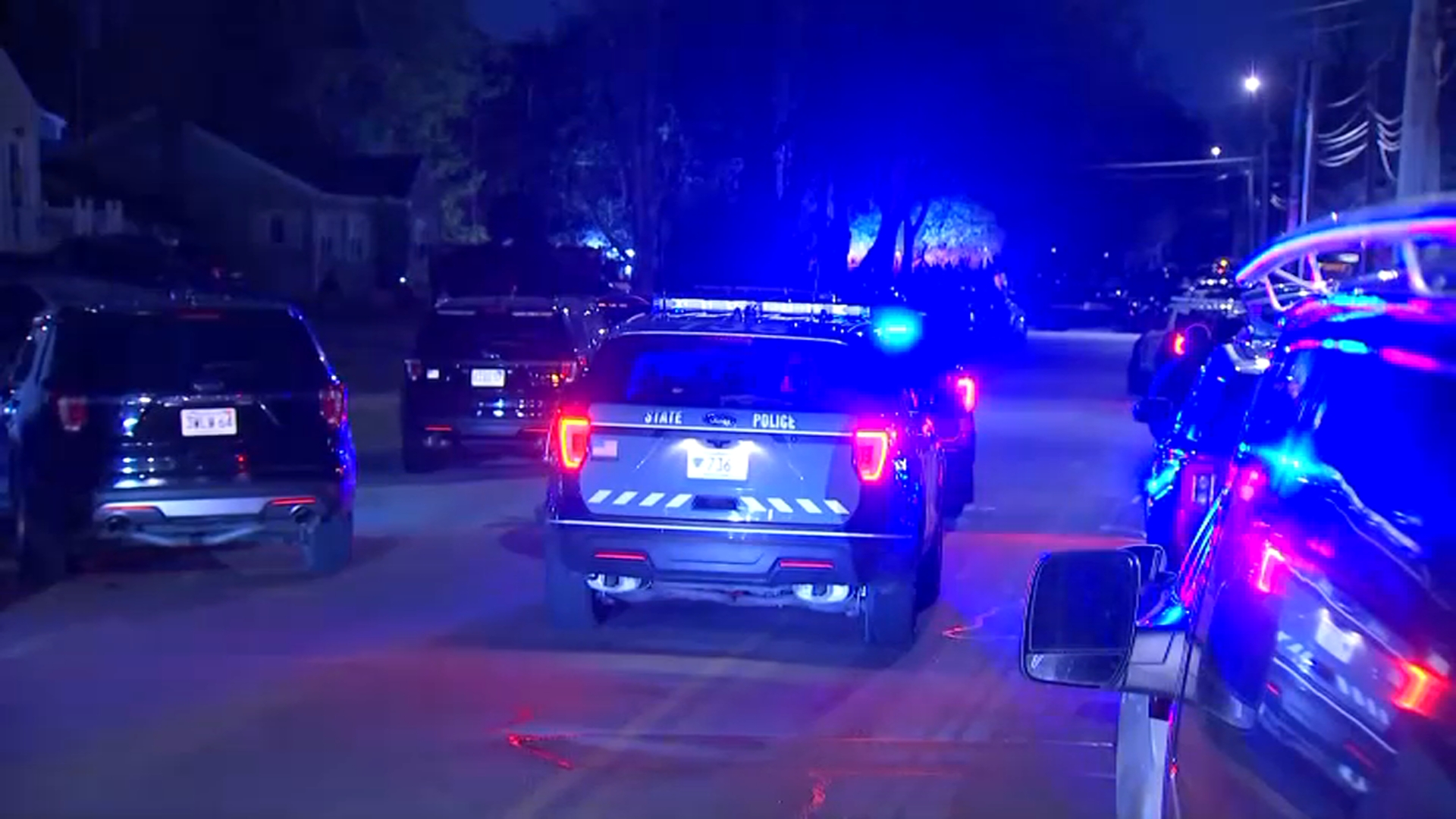Agriculture officials in Vermont are asking people to remain aware and vigilant following the recent discovery of an invasive pest that could harm fruit crops and other products.
The limited discovery and quick response have not led to concerns over an infestation in Vermont at this point, according to the state’s bug expert.
The spotted lanternfly, which actually jumps more than it flies, was recently found in Rutland, the Vermont Agency of Agriculture announced earlier this week. Three bugs snuck into a shipment to Vermont from a state with known infestations, the agency said.
“They’re really good hitchhikers,” Vermont state entomologist Judy Rosovsky said. “The first spotted lanternfly found in New Jersey hopped into a woman’s purse.”
Get New England news, weather forecasts and entertainment stories to your inbox. Sign up for NECN newsletters.
Rosovsky said the agriculture sector is grateful the Rutland business that opened the box with the stowaway lanternflies knew the bugs didn’t belong, and reported them.
That report sparked an investigation, now resolved, that gave the entomologist no reason to think there’s a larger problem in Vermont at the moment, she said.
The Vermont Agency of Agriculture said the colorful spotted lanternfly is originally from China but, after making its way to Pennsylvania, has now spread to eight other states, including parts of New York and Connecticut.
Local
The bugs’ piercing mouths suck fluids and nutrients from dozens of plant species. The agriculture agency said hardwoods like maple trees are at risk, as are crops like grapes, hops and apples.
“Be on the lookout,” urged Devin Hackett of Hackett’s Orchard in South Hero, echoing the state’s call for awareness and education.
Hackett, who is gearing up for the start of pick-your-own apple season this weekend, wants his 15 acres of fruit trees to stay healthy and productive in the face of the potentially expanding threat to the Northeast from the spotted lanternfly.
Rosovsky said she hopes to never see a spotted lanternfly population take hold in Vermont. In addition to possible impacts on timber or fruit sectors, it could be a real pain for everyone, because the bugs leave a gross residue behind.
“It will get all over things on the outside, like your car, your kids’ toys, your deck furniture — it’s all going to be covered with sticky goo, and then that gets sooty mold,” Rosovsky said.
The sticky residue then attracts other bugs that sting, she added: “This is a problem insect. Now, our hope is that it won’t get established in Vermont — that we’re a little too cold maybe.”
Even though the response to the situation in Rutland is considered resolved, Rosovsky still wants you to report any possible sightings of the bug through this state website.
The state entomologist also urged people to check out this educational resource for guidance identifying the spotted lanternfly.
Just as we know to not transport firewood long distances, to avoid introducing any pests in the wood to a new environment, Rosovsky asked people to remember that concept when taking a road trip or when driving college students back to school. If you’re traveling from parts of Pennsylvania, Connecticut, New York, New Jersey, Delaware, Maryland, Virginia, West Virginia or Ohio with established spotted lanternfly populations, you’re strongly encouraged to inspect your car to ensure no bugs or egg masses are coming along for the ride back to Vermont.
That focus on prevention could be the best defense to keep places like Hackett’s Orchard totally safe from the spotted lanternfly.
“We hope,” Devin Hackett said, of his desire to see the bug stay far from Vermont and his apple trees.



